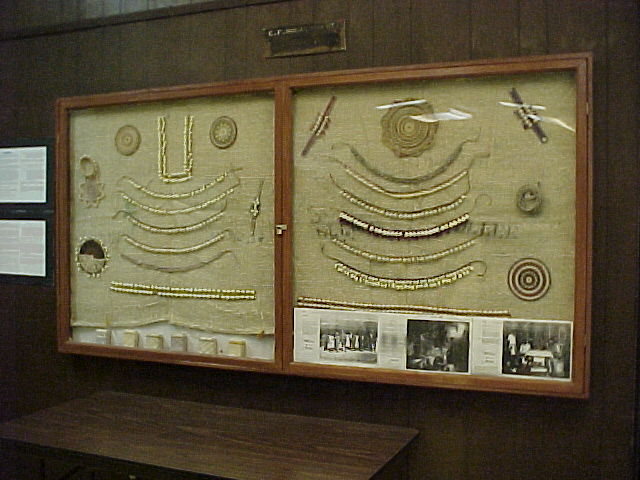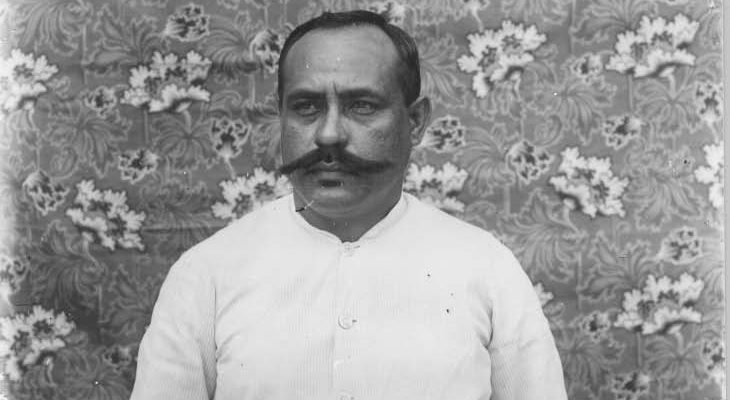Alele is a cultural museum, displaying artifacts of the islands that presently are becoming very rare and valuable and need to be preserved. We have traditional tools, clothing, fishing methods, outrigger canoes, navigation, traditional housing, and various types of other items on display.
Different photographic exhibits are periodically produced and displayed in the museum. At present three different photographic exhibits are on display, which include photos of the Irooj and Lerooj (Chiefs and Chieftesses) during the German time, photos of the nuclear tests on Enewetak and Bikini atolls from 1946 to 1958, and a small display of photos from the first inauguration of the first President of the Republic of the Marshall Islands, when the nation became independent.
Alele Museum’s mission is vital and we continue to offer its services to the Marshallese community and visitors from around the world, as more and more, the younger generations are unfamiliar with the material culture of the past. On a yearly basis, hundreds of students from primary through college level visit the museum, and come with their teachers to learn about the history of their homeland. The students are usually very surprised to learn about life in the past and the great knowledge their ancestors possessed especially in regards to the very fine weaving produced by the women, and the great skills the Marshallese people developed in order to navigate and travel across vast distances of the ocean. With this awareness and understanding of the past, the students leave the museum with a stronger identity and respect for their ancestors, and this understanding helps them move forward in their own lives.




 The Museum is located on the first floor of the
The Museum is located on the first floor of the 
























You must be logged in to post a comment.